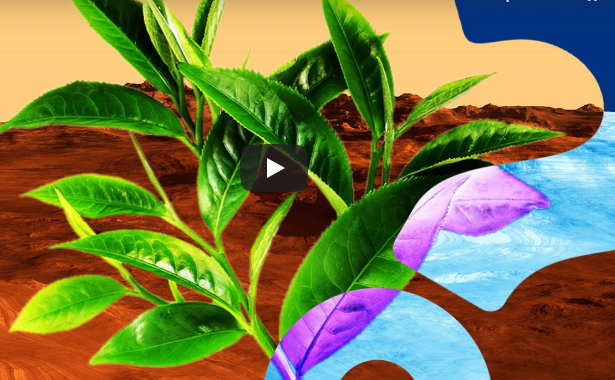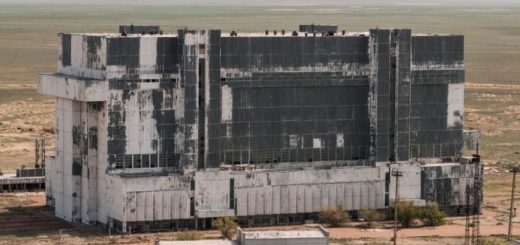Crops on Mars: Safe to Eat?

In “The Martian,” stranded astronaut Mark Watney experiments with growing potatoes in Martian soil in an effort to survive long enough to be rescued. But would those potatoes be safe to eat?
Researchers at Wageningen University in the Netherlands hope to find out. They have already managed to grow Earth crops in Martian and lunar soil simulants. But they aren’t sure if the food would be safe for human consumption.
How do you simulate alien soil? The researchers purchased simulants from NASA, which gathers soil from a couple of locations on Earth. The dirt in those locations is a close, but not perfect, simulation of the regolith you’d find on the moon or Mars.
For the moon, NASA uses ashy soil gathered from an Arizona desert. And for Mars, NASA relies upon dirt from a volcanic cone in Hawaii. But both types of soil have nitrogen compounds in them, something that Martian soil lacks. Plants use nitrogen compounds as food, so it’s a pretty important additive. That’s why in “The Martian” Mark Watney has to mix human waste — poop in other words — in with the soil to get results.
Presumably, future Martian colonists will need to bring along nitrogen compounds to fertilize the soil if they want to grow anything. They’ll also need a climate-controlled space and plenty of water. It’s likely that the farms on Mars will be inside enclosed habitats until we eventually figure out how to terraform the planet.
The researchers grew several different types of plants in the soil simulants back in 2013. In 2015, they refined their approach, fine-tuned some of the additives and strategies astronauts could use on a Martian colony, and saw improved results. In October 2015, they harvested what they had grown, which included peas, tomatoes, radishes and rocket (also known as arugula). They didn’t celebrate by making a salad, though.
That’s because the soil contains some stuff that is toxic to humans, like mercury and lead. And if the plants absorb enough of those toxins, the food might be poisonous. The researchers plan a new experiment to study the plants more closely. It may be that any dangerous materials are well below toxic levels. Or it might turn out that we’ve got another challenge ahead of us — making food grown on Mars safe to eat. At the moment, the research team has a crowdfunding campaign designed to raise money for the new experiment.
There are other big challenges with Martian soil besides growing food. One is that Martian regolith has a relatively high concentration of perchlorate, which is a salt that we use to make propellants like rocket fuel. It also has a disruptive effect on the thyroid. And while that relatively high percentage in Martian soil is just 0.5-1 percent, that’s more than enough to pose a health hazard to humans. And the Martian environment isn’t welcoming to the types of bacteria that can break down perchlorate here on Earth.
Still, finding a way to grow crops in Martian soil would get us one step closer to exploring the red planet. NASA projects that a mission to Mars and back would take 30 months. It would be nice if we could save some cargo space by growing at least some of the food for that mission on the planet itself. And it would be a vital part of any sort of colonization attempt.



 Creators of mankind
Creators of mankind Description of “Tall white aliens”
Description of “Tall white aliens” Where they came from?
Where they came from? About hostile civilizations
About hostile civilizations The war for the Earth
The war for the Earth “Tall white aliens” about eternal life
“Tall white aliens” about eternal life Video: “Nordic aliens”
Video: “Nordic aliens” Aliens
Aliens Alien encounters
Alien encounters The aliens base
The aliens base UFO
UFO Technology UFO
Technology UFO Underground civilization
Underground civilization Ancient alien artifacts
Ancient alien artifacts Military and UFO
Military and UFO Mysteries and hypotheses
Mysteries and hypotheses Scientific facts
Scientific facts


















